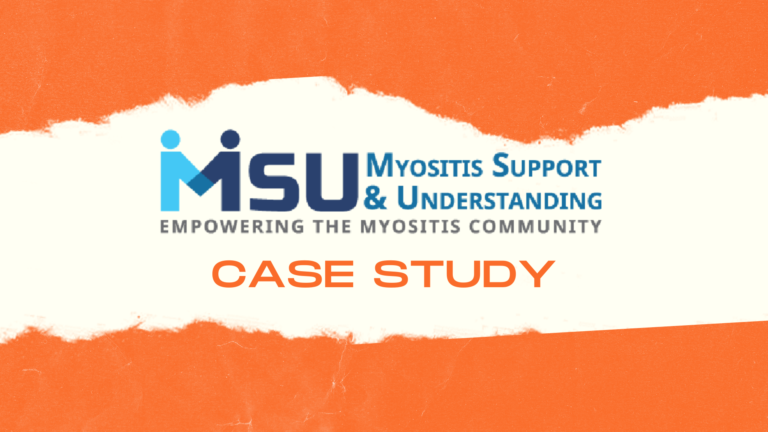Testimonials and case studies are key marketing tactics that allow your organization to clearly show how your customers have had success with your product or service. When it comes to an opinion on a product, there’s no one people trust more than someone who has real life experience using that product. Word of mouth strategies have become essential for marketing to customers today and testimonials are a key part of that. Let’s define both of these tactics before we go further.
Customer Testimonials
Testimonials allow prospects to learn about your product or service from one of your customers. In addition to generating leads and helping with future sales, the process of creating testimonials will allow you to build stronger relationships with your existing customers by learning about their experience with your product.
Customer testimonials are most often written in quote form but changing to video. They can be displayed on your company’s website, in presentations, in social posts; anywhere you want to showcase a happy client.
Case Studies
A case study is a piece of content that examines a challenge faced by a client and how they were able to solve it thanks to a company or a product. Case studies help organizations highlight their successes with clients in a way that is persuasive to their target audience. In addition to focusing on the customer’s journey and goal, case studies often provide details about the product or service the organization used.
Case studies go a step further than testimonials as they explain the customer’s process for selection and the successes they have achieved. They are also longer pieces of content to consume, so testimonials and case studies are both important for different types of content consumption.
Case studies are not meant to be self-promotional or sales-y, but rather give an inside look at both companies and how they were able to work together. An important element to include in your case study is proof of your client’s success. This will typically be a statistic, like time or money saved, or it could be something without hard metrics, such as employee satisfaction. This proof will reinforce the value your company provides to your readers.
This is a basic case study outline:
- Overview of your client. Who are they? Give context for your reader who may be unfamiliar with them.
- Overview of your company and/or your product. Once again, give some context in case any readers are not familiar with your business.
- What was your client’s challenge? Explain the issue your client had that led them toward your company. Don’t skip out on this section, you want to lay the groundwork for how your company was able to solve this problem.
- What was the solution? How did your company (or product) help fix this problem for your client? What led them to finding your company as their solution? This is a great section to include quotes from your client about how your company came to be the perfect solution.
- Emphasize the solution with proof. Are there any statistics you can show to prove that the problem was solved? Do you have quotes from happy end users whose lives are made easier? These statistics will provide evidence of the resolved issue for your client.
- Call to Action. People reading this case study might have the same problem as your client. Make it easy for them to learn more about your company and to get in touch. Include a contact button or a link to your website.
Check out this case study written by Zendesk about their client, AirBnB. This case study does a good job of highlighting both companies and explaining how AirBnB was able to improve their Net Promoter Score thanks to improved support with Zendesk. See more case study examples in this list from HubSpot.
Once your case study is complete, promote it to prospects in a written blog post, shared in sales emails, or in a downloadable PDF format. If you choose to create a downloadable piece, make it required for people to fill out a form so you can capture new leads.
Both customer testimonials and case studies should be used by organizations to show proof of your product or service’s success and feature the customers you work with. These quotations and real-life use cases will make your marketing and sales communications even stronger.
This concludes Part 1 of our series, Set Your Organization Apart with Customer Advocacy. Check back next week for Part 2, How to Obtain Testimonials & Case Studies.



